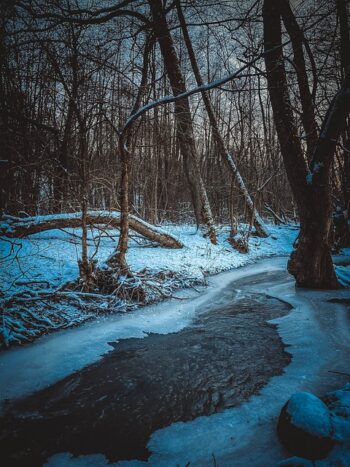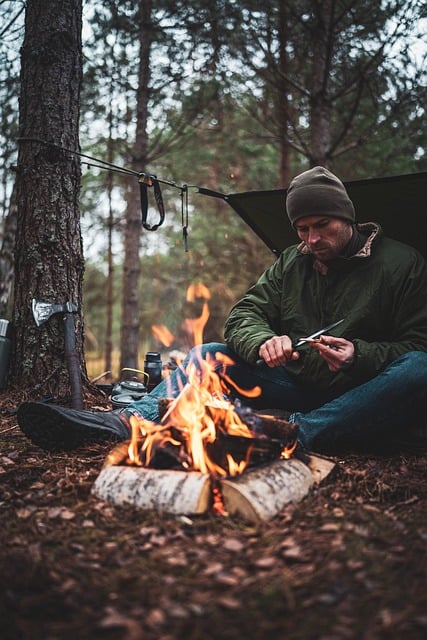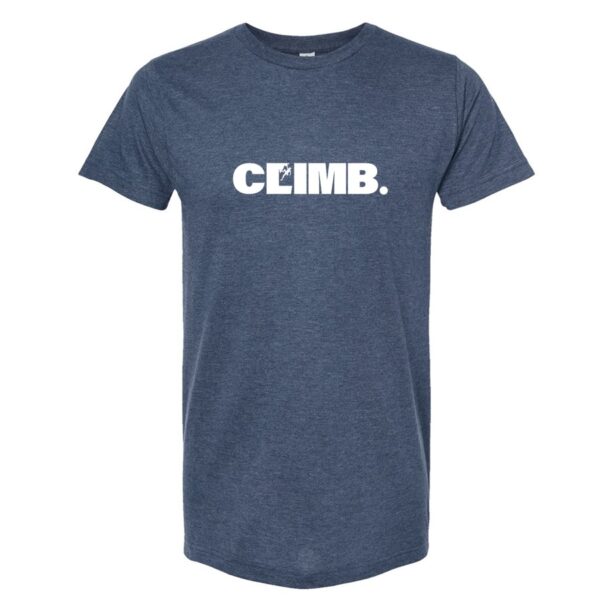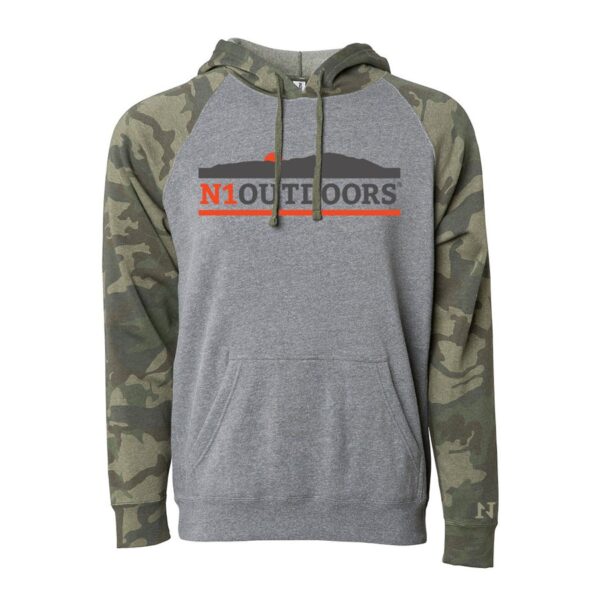Bushcraft and survival skills are important for thriving inside and outside, offering you the equipment to be self-reliant, adaptable, and creative.
In this article we’ll cover beginner bushcraft and survival skills you’ll need to know to help you gain self-confidence, so that you can feel prepared in a wide variety of unforeseen circumstances.

You never know when you’ll need them! Being proficient in bushcraft survival skills can be very worthwhile, whether you’re an avid camper, an outdoors enthusiast, or just someone who’s on the lookout for being prepared for emergencies.
What Is Bushcraft?
Bushcraft refers to dwelling sustainably within the wild, using herbal assets and traditional skills to fulfill simple needs like shelter, food, and water.

While bushcraft and survival skills may overlap, bushcraft leans more toward long-term residing, while survival is a more oriented towards disaster.
Bushcraft emphasizes a deep bond with nature and the expertise to work with the surroundings.
Survival skills are centered on overcoming short-time emergencies and situations in which instantaneous action is needed to ensure safety and well-being.
Why Learn Bushcraft and Survival Skills?
Learning these skills offers several benefits:
- Self-reliance. You’ll know how to handle emergencies independently.
- Adventure. Skills like fireplace-making and foraging increase outdoor adventure possibilities.
- Emergency preparedness. You’ll be more prepared to deal with unexpected conditions, from getting lost to natural disasters.
- Mental well-being. Bushcraft can reduce stess and improve intellectual abilities.
Beginner Bushcraft & Survival Skills
1. Fire-Making: The Foundation of Survival

Mastering the skill of fire making is a cornerstone of bushcraft. Fire presents warmth, allows for cooked meals, purifies water and provides safety.
Bushcraft techniques to start a fire you should learn:
- Ferro rod. A ferro rod (also referred to as a spark rod or ferrocerium rod) is a fire-starting tool that produces sparks when scraped against a hard surface, such as iron, steel, or certain types of rock, even in damp conditions. It is beginner friendly.
- Flint and steel. Flint and Steel is a traditional way of fire starting. You start by striking the flint stone off of a steel striker. The sparks that this produces will ignite a flammable material that you can then use to ignite other small particles (twigs, leaves, etc.) to start a fire.
- Bow drill. A primitive method of fire making that requires skill and patience, but that can be very rewarding to the fire starter. This method uses fireboard (typically woods like cottonwood, cedar, sycamore, poplar and aspen), a spindle (either the same type of wood as the fireboard or harder) and a cord or string to create friction that eventually gets so hot that it creates an ember that can be used to start a fire.
Fire making tips for beginners:
- Gather dry grass, bark shavings, or cotton that you can use as your “fuel.”
- Build your fire in layers: tinder, kindling, and larger logs.
- Practice in various weather conditions to build confidence.
2. Shelter Building: Protection from the Elements

Shelters are crucial for staying safe and comfortable while in the wild. They can help protect you from rain, wind, and cold temperatures.
Below are some simple shelter types for beginners:
- Debris hut. Build a frame from sturdy branches and cover it with leaves and moss.
- Lean-to shelter. Use a fallen tree or a pole as the primary support, leaning branches against it and covering them with debris.
- Tarp shelter. A versatile option if you carry a tarp. Learn knots like the taut-line hitch to secure it.
Shelter-building tips for success:
- When building a shelter, choose a location away from hazards like falling branches or rising water.
- Insulate the ground with leaves or grass to retain body heat.
- Building a shelter can be very taxing, so be sure to pace yourself and conserve your much-needed energy.
Note: A reliable axe bushcraft device is also an extremely helpful tool for constructing shelters, as well as gathering firewood. See more helpful tools in the table at the end of this article.
Check out more of our outdoor lifestyle apparel HERE!
3. Finding and Purifying Water

Staying hydrated is crucial in a survival situation. While rivers and streams might look clean, they often contain harmful bacteria.
How to find water in nature:
- Look for animal tracks, green vegetation, or low-lying areas. The lowest lying areas will often contain/hold water or moisture.
- Collect rainwater or morning dew using tarps or leaves.
Water purification methods:
| Method | Pros | Cons |
| Boiling | Kills all pathogens | Requires fire and container |
| Water Filter | Easy and portable | Limited lifespan |
| Purification Tablets | Lightweight and effective | May leave a chemical taste |
4. Navigation Skills

Getting lost in the wilderness can be life-threatening. Learn basic navigation skills to stay oriented.
Things to help you to navigate in the wilderness:
- Compass: Understand how to use it with a map to set bearings.
- Landmarks: Make note of natural features like mountains, rivers, or rock formations.
- The sun and stars: Learn to find cardinal directions (i.e. North, South, East, West) based on the sun’s movement, or by constellations like the North Star.
- Pro tip: If possible, carry a detailed map of the area you are exploring and practice navigation before heading into unfamiliar terrain.
5. Foraging for Food

Nature provides plenty of edible plants, nuts, berries, and fungi. However, proper identification is critical.
Rules for safe foraging:
- Learn first: When foraging for food, use a reliable field guide or attend a foraging workshop prior to your first attempt.
- The universal edibility test: Test for unknown plants by checking for adverse reactions (only as a last resort). This involves a series of steps that gradually expose your body to the plant over the course of a day. The test includes smelling the plant, (avoding plants with almond, acidic, or bitter smells), making contact with your inner elbow or wrist for 8 hours to test for contact poisoning/adverse skin reactions), and a 15-minute taste test, where you would chew it and hold in your mouth for 15 minutes before ingesting. If you have determined you can ingest the food, you would swallow and wait 8 hours to find if there are any adverse reactions. You would also drink plenty of filtered water during the 8-hour period.
- Avoid lookalikes: Many edible plants have poisonous doppelgangers, so always be wary of poisonous imposters.
Beginner-friendly foraging foods:
- Dandelion leaves and roots.
- Wild berries like blackberries and raspberries.
- Acorns (after leaching tannins with water).
6. Basic First Aid

Injuries can happen, even during simple outdoor activities. Knowing basic first aid is essential.
Key first-aid skills:
- Wound care: Clean cuts with water, apply antiseptic and cover them with a bandage.
- Splinting: Use sticks and cloth to stabilize broken bones or sprains.
- CPR: Become certified in CPR and learn how to revive someone who has stopped breathing.
- Pro tip: Carry a first-aid kit tailored for outdoor activities, including bandages, antiseptics, and tools like tweezers.
7. Knots and Ropes

Knots (like this blowline knot) are versatile tools in bushcraft, essential for shelter building, climbing, or securing items.
Top knots to learn:
- Square knot: For securing two ropes together.
- Bowline: Creates a secure loop that won’t tighten.
- Clove hitch: A quick way to secure a rope to a post or tree.
How to Practice Bushcraft Safely
- Start small: Practice basic skills like fire-making or shelter-building in your backyard or a nearby park.
- Respect nature: Leave no trace, ensuring you don’t harm the environment.
- Join a group: Learning bushcraft with others accelerates progress and provides safety.
- Take a course: Many organizations offer bushcraft courses tailored for beginners.
Essential Gear for Beginners
Investing in the right gear can make learning bushcraft and survival easier and safer.
| Item | Purpose | Recommended Features |
| Knife | Cutting, carving, and food prep | Full tang, durable steel |
| Fire Starter | Creating fire easily | Waterproof |
| Tarp | Shelter building | Lightweight, durable |
| Water Bottle/Filter | Hydration | BPA-free, portable filter |
| Compass | Navigation | High-quality, liquid-filled |
Final Thoughts On Bushcraft Survival Skills
Learning bushcraft and survival abilities is an enriching journey that connects you with nature and equips you for challenges. Start with basic skills like fire-making, shelter-building, and navigation, and build your confidence little by little. Remember, learning bushcraft survival skills takes time to master, so get started soon!











